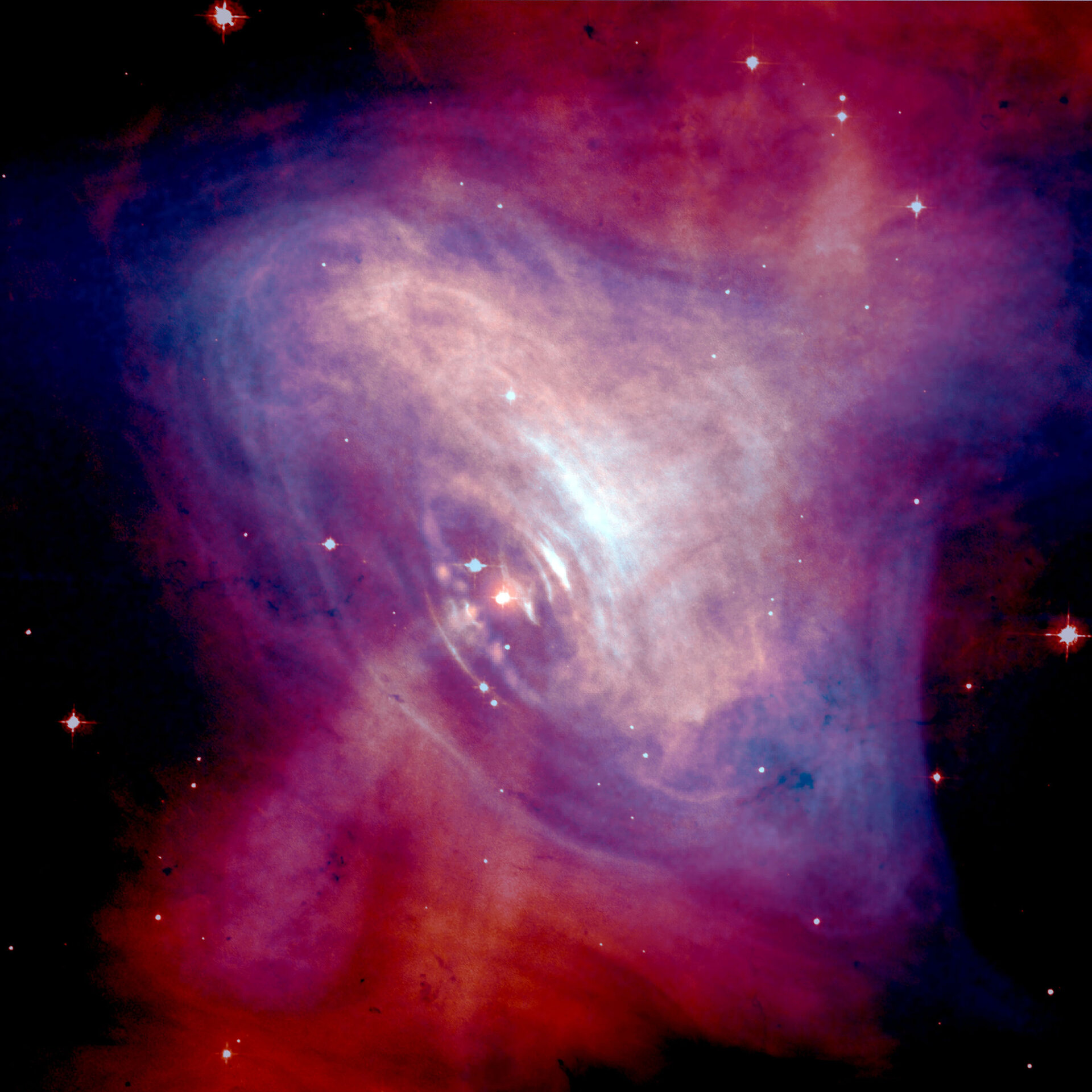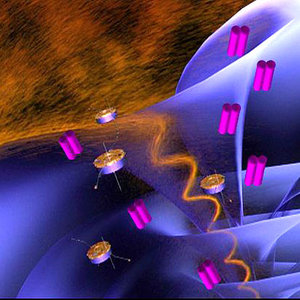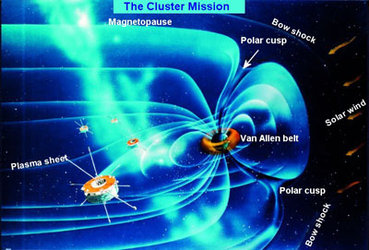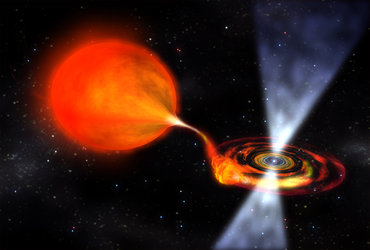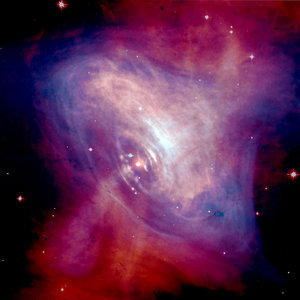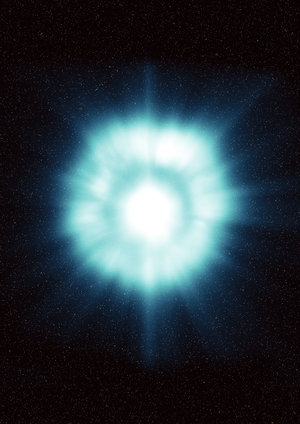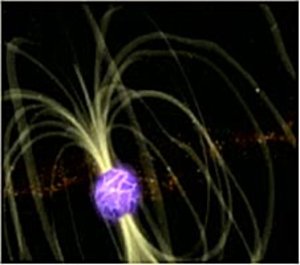Stars: Neutron stars, pulsars and magnetars
A neutron star is the remaining core of a massive star, once it has exploded.
Millions of neutron stars populate our galaxy, the Milky Way.
Made almost entirely of neutrons (subatomic particles with no electric charge), these stellar corpses concentrate more than the mass of our Sun within a sphere of about 20 kilometres in diameter.
They are so dense that a 'sugar cube' sized object of neutron star material would weigh as much as all of the people on Earth!
Two other physical properties characterises a neutron star, their fast rotation (or spin) and their strong magnetic field. Astronomers have found different classes of neutron stars based on these properties.
Some of them are the fastest spinning stars in the Universe (up to hundreds of revolutions per second); they are named ‘pulsars’ as they generate regular pulses of electromagnetic radiation including radio, visible, X-ray and gamma-ray wavelengths. These pulses are often compared to a spinning lighthouse beacon that appears to flash on and off.
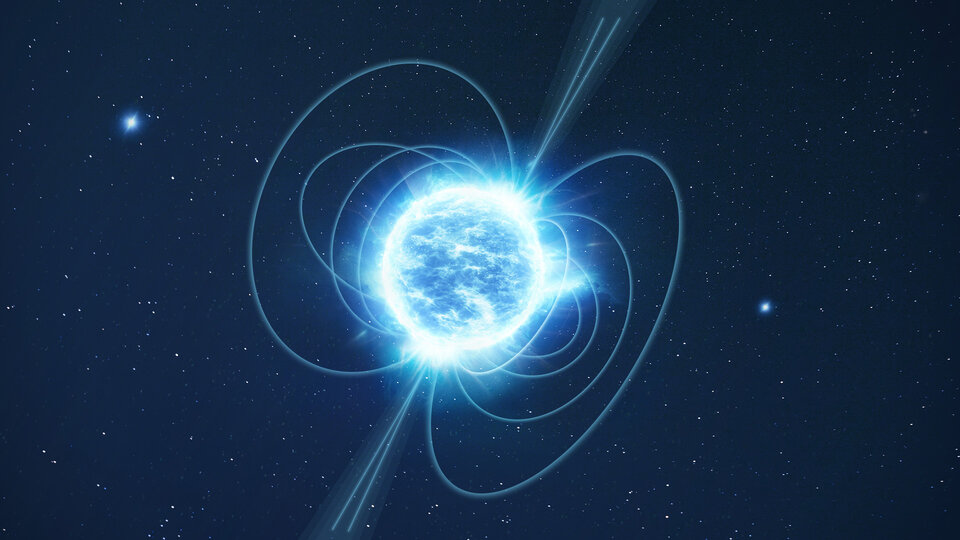
Another class of neutron star is known as a ‘magnetar’, due to their ultra-strong magnetic field. Their magnetic field intensity is indeed about 100 thousand millions Tesla, a thousand times more than an ordinary neutron star.
By comparison, Earth’s magnetic field is about five parts over 100 000 of a Tesla (most media used for data storage can be erased if they are exposed to a magnetic field of one thousandth of a Tesla).
So far, a dozen of magnetars have been found. Four of them are also known as ‘soft gamma repeaters’, or SGRs, because they sporadically release large bursts of low energy (soft) gamma rays and (hard) X-rays, usually during short-time periods of the order of one tenth of a second.


